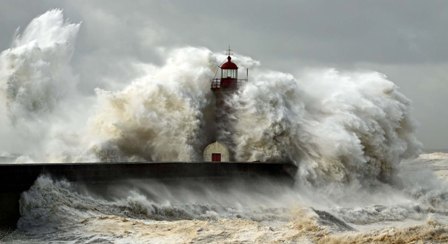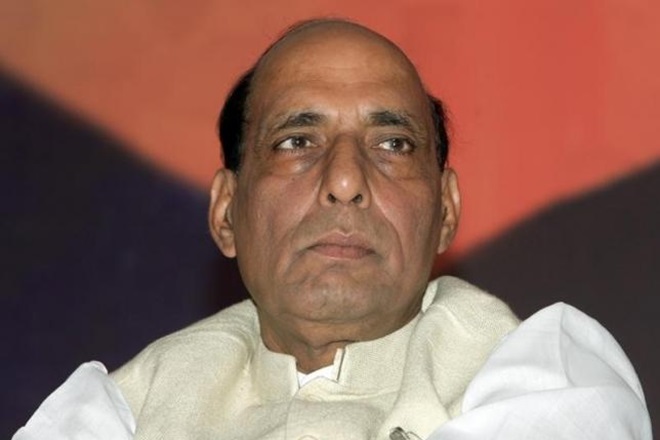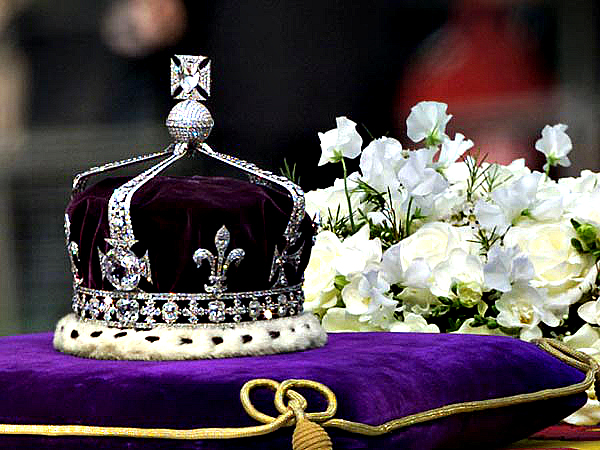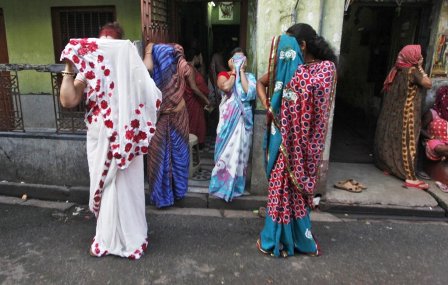The Japanese government is considering building a massive; 400 kilometer concrete wall along its coastline to prevent any future tsunami waves from causing the sort of damage that took place four years ago. The infamous May 2011 tsunami led to the deaths of some 18,500 people as giant waves barged into urban areas and swept everything in its path. To make sure that that doesn't happen, or if it does, it gives people a chance to take cover, the Japanese are looking into the possibility of building 5-storey tall cement walls that will set them back some 820 billion yen. Opinions remain divided on whether or not the super expensive cemented structure would really offer the protection its proponents believe it would. History is on their side, as a 7.2-meter-high wall which was built to protect Iwanuma's coastline from erosion did act as a blockade four years ago. Hence, in theory at least, a bigger and wider wall could work. But experts believe that the wall could disrupt sea life and inflict some serious damage on marine ecology and scenery. The fisheries businesses will also be affected.
Moreover, the proposed wall's opponents feel that residents are supposed to move inland anyway, so such a huge outlay would be futile. Tsuneaki Iguchi, the former mayor of Iwanuma said: "We don’t need the sea wall to be higher. What we do need is for everyone to evacuate. The safest thing is for people to live on higher ground and for people’s homes and their workplaces to be in separate locations. If we do that, we don’t need to have a ‘Great Wall.'" Another belief common among the wall's opponents is that its erection would instill a false sense of protection in the people, and that they might not be as proactive in vacating the area in case another tsunami was to hit them. “There’s a bit of an overbelief in technology as a solution, even though everything we have learned demonstrates that people’s own insights and instincts are really what makes a difference, and technology in fact makes us a bit more vulnerable,” said Margareta Wahlstrom, head of the U.N.’s Office for Disaster Risk Reduction.

















